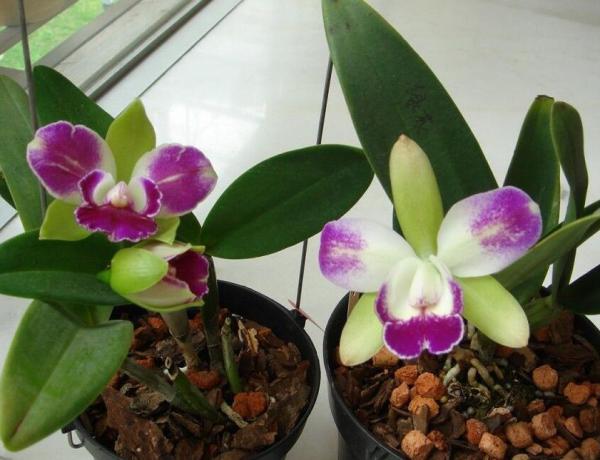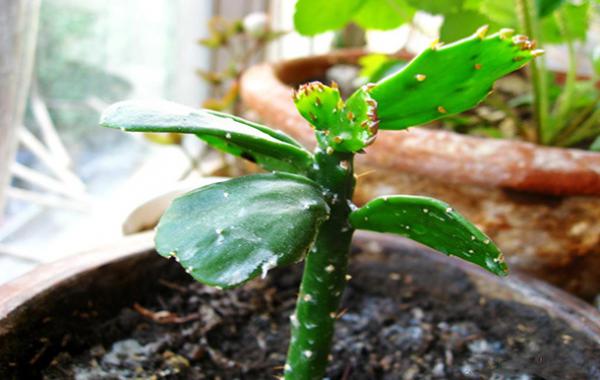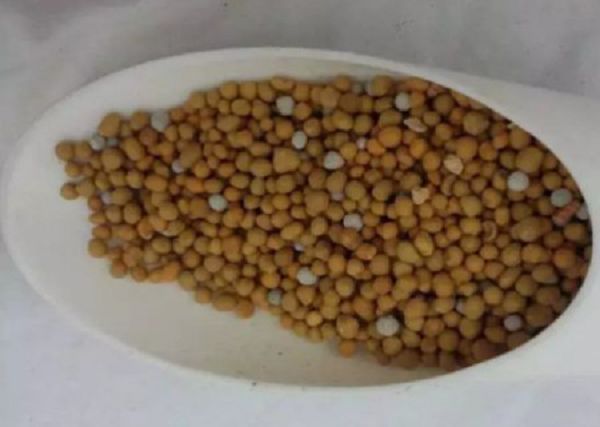What if Cartland doesn't bloom?

Cateran flowers in a variety of shapes, colors, dazzling, often appear in festivals, banquets, used for flower arrangement. Such as Cartland, Phalaenopsis as the main material, with Wenxin orchid jade bamboo vase, bright and elegant, there is a strong rhythm confusion. If Cartland as the main flower, with red palm silk carnation porous turtle back bamboo bear grass, it will be light and lively. Cartland is the most popular epiphytic orchid. The flower is big and colorful, the flower appearance is strange and beautiful, the design and color is rich, extremely magnificent, there is the reputation of "orchid queen".
Cartland, there are original species, hybrids. It is one of the most famous orchids in the world. it is native to Brazil and was first found to be used as a binding material, so it is particularly resistant. The pseudobulb is clavate or cylindrical, with 1 or 3 leaves at the top; the leaves are thick and hard, the midvein is concave; the flowers are single or several, born at the top of the pseudobulb, and the flowers are large and beautiful, bright and rich in color. Cartland, native to tropical America, is the national flower of Brazil, Colombia and other countries. There are more than thousands of varieties. The colors are white, yellow, green, red and purple and so on. Propagation should be done by plant division, tissue culture or aseptic sowing.
Cartland prefers a warm and humid environment in which leaves and false bulbs are dark green, shiny and vibrant. The flower bud can grow smoothly, the flower is in full bloom, the flower color is bright. New roots and buds grow vigorously. If the temperature is about 11 ℃, the florescence is delayed, the flower can not bloom completely, and the florescence is shorter.
If the temperature is about 5 ℃, the leaves are yellow and lifeless, the pseudobulbs produce longitudinal wrinkles, the flower buds can not grow and grow tall, and the flower sheath turns brown, and the growth is seriously hindered. If the temperature drops to 1: 2 ℃, the leaves will turn yellow or turn brown and fall off, and the buds will die. Of course, if the night temperature is higher than 20 ℃, the florescence is often too short. In greenhouse cultivation in the north, special attention should be paid to keeping a large temperature difference between day and night, so that the greenhouse temperature in the daytime is 5: 10 ℃ higher than that at night. The temperature should not be the same day and night, and the temperature at night should not be higher than that during the day.
In the spring and autumn Cartland growing season, it requires plenty of water and high air humidity. Do not be too dry, otherwise the growth will be affected. Cartland almost stops growing in winter. The greenhouse with poor ventilation should move Cartland under the outdoor shade for a period of time, otherwise it will grow poorly and be prone to rot.
Too much light can lead to severe sunburn or growth stagnation and yellowing of leaves. In the greenhouse in winter, there can be less shading or no shading. Cartland belongs to the light-loving species among orchids. If the light is insufficient, the flowers will blossom less, not blossom, or the quality of the flowers is poor. The leaves became thin and soft, the pseudo-bulbs were slender, and the growth potential was weakened. In order to bloom well, the light can be slightly stronger, and even the yellowish leaves will not affect the growth of the plant. Growers for the purpose of producing flowers often adopt this method of cultivation, resulting in a significant increase in flower yield.
Cartland has thick stems and leaves, exuberant air roots, drought tolerance, and will not die without watering for a month. It can be cultivated under roofs, balconies, eaves and big trees, but it requires fresh air circulation and proper shading, sunshade nets can be used to block 50% to 60% of the sunlight, requiring a temperature of 25 ℃ to 30 ℃ during the day and 15 ℃ to 20 ℃ at night. The seedlings had better spend the winter in the greenhouse.
Reducing watering during the flowering period can promote flower bud differentiation; after the formation of new buds or buds, watering should be more, but watering should be avoided at night, especially when the cold wave attacks; usually the air humidity should be controlled at 60% to 65%. Plastic pots or ceramic pots can be used to cultivate Cartland, and 6 parts of broken fern roots, plus charcoal and gravel, can be used for adult cultivation.
In the spring, summer and autumn when Cartland is growing vigorously, we should pay attention to putting some fermented solid fertilizer on different parts of the basin, once every two months, or applying liquid fertilizer once every two weeks. Seedlings should be fertilized more frequently in order to grow faster.
When the rhizome of the plant has grown to the edge of the basin or the cultivation substrate in the basin has begun to collapse and the drainage is not smooth, the basin should be changed in time. This usually occurs after two years of cultivation. It is best to change the pot after the spring florescence and before the new roots grow.
Mature plants usually use larger pieces of plant material than seedlings; when plants grow to have at least six mature pseudobulbs, they can be replaced with a larger pot without ramet. If you want to propagate separately, each pot should contain at least 3-5 pseudobulbs. The size of the basin will not be full for about two years.
Related
- Fuxing push coffee new agricultural production and marketing class: lack of small-scale processing plants
- Jujube rice field leisure farm deep ploughing Yilan for five years to create a space for organic food and play
- Nongyu Farm-A trial of organic papaya for brave women with advanced technology
- Four points for attention in the prevention and control of diseases and insect pests of edible fungi
- How to add nutrient solution to Edible Fungi
- Is there any good way to control edible fungus mites?
- Open Inoculation Technology of Edible Fungi
- Is there any clever way to use fertilizer for edible fungus in winter?
- What agents are used to kill the pathogens of edible fungi in the mushroom shed?
- Rapid drying of Edible Fungi



